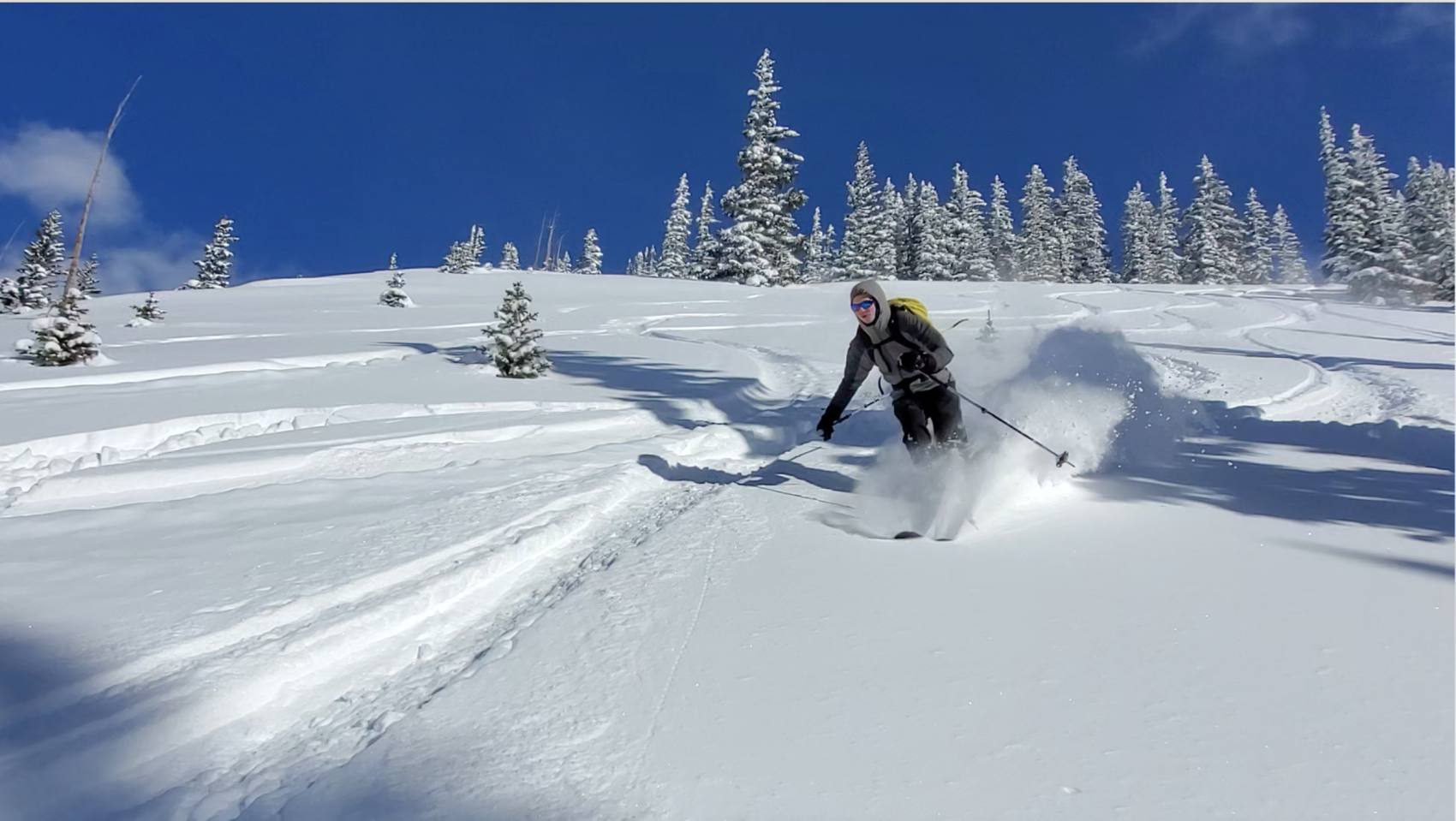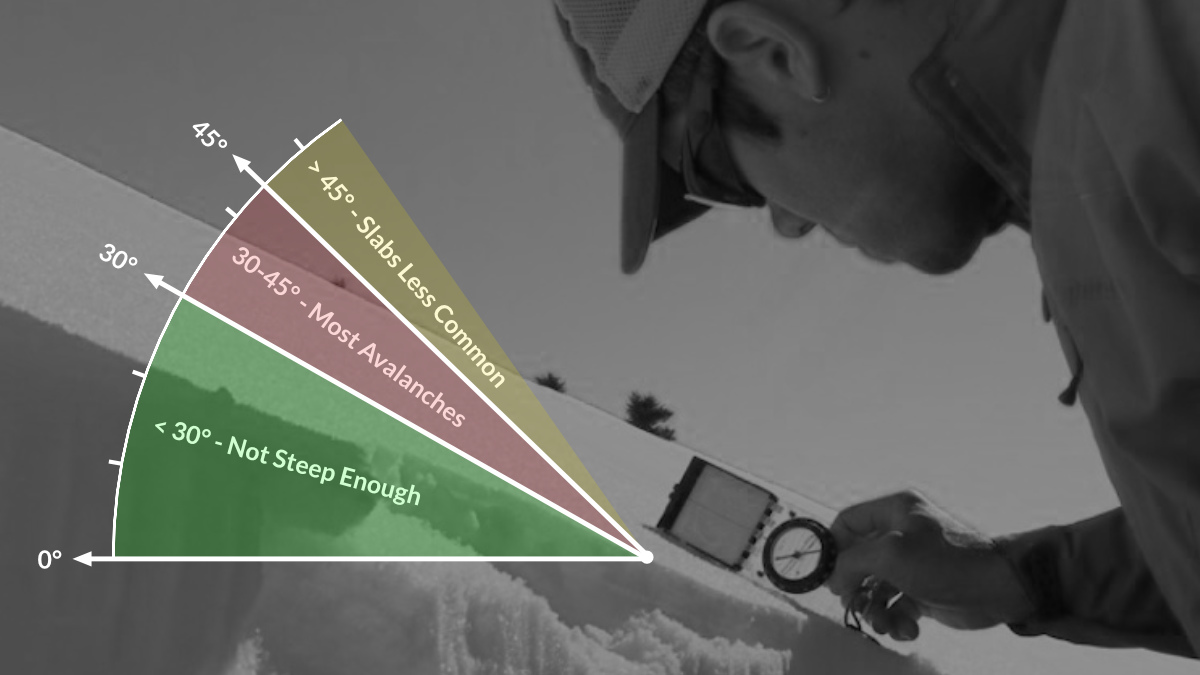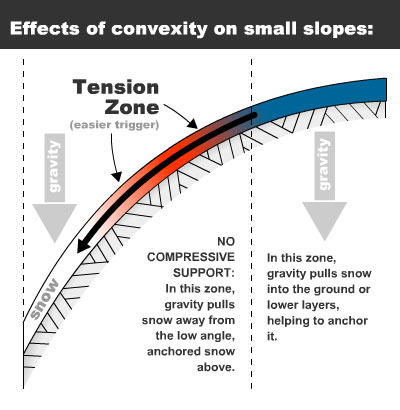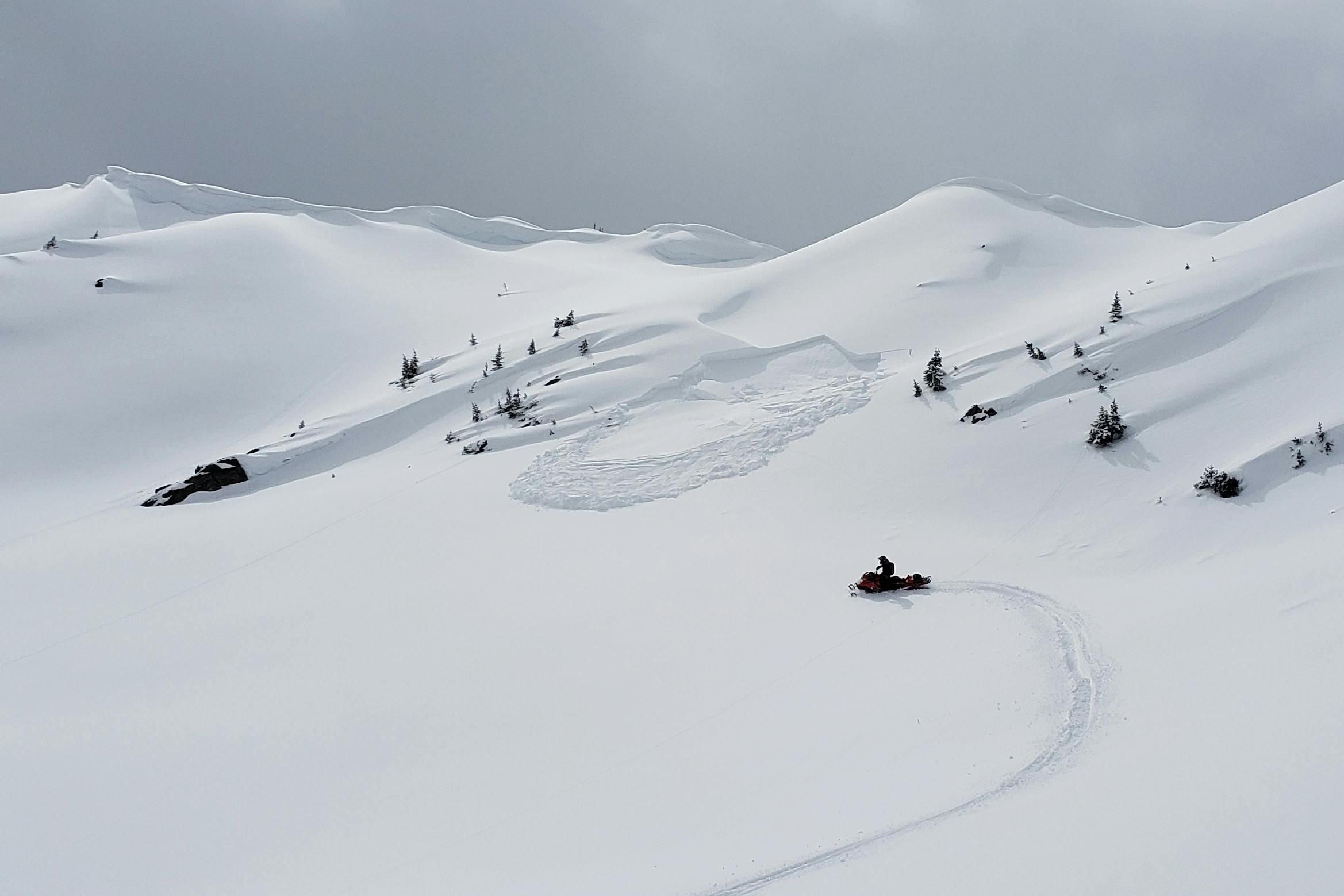
The 2020-2021 season has already been one of the deadliest avalanche years in the past few decades, partially due to the massive influx of new users due to COVID and partially due to rotten snowpack across the West. As of March 1, there have been a whopping 33 deaths so far this season, compared to just 23 over all of last season. Time and time again, we hear avalanche forecast centers urging people to stay on slopes that are under 30 degrees in pitch, but what does that mean, and how can it save your life?

For a slab avalanche (the most deadly kind) to occur, two things need to happen. First of all, there needs to be fracture initiation. This can be one of 6 different fracture characteristics, but the most dangerous two are known as sudden planar and sudden collapse fractures. These are the two fracture characteristics most commonly associated with skier triggering and propagation, hence the most deadly. Once a weak layer collapses or a slab planes over a bad layer interface, there needs to be enough potential energy for a fracture to turn into an avalanche. This is where the 30-degree rule comes in. If a weak layer collapses and fractures on a slope less than 30 degrees, the gravity holding the slab onto the slope is greater than the gravity trying to pull the slab down the slope. However, more than 30 degrees, and you’re flirting with enough potential energy for a fracture to intensify into an avalanche.

You may hear the word “whumph” thrown around quite a bit in the avalanche word (yes, whumph is actually a technical word used in the snow science world!). A whumph is the collapse of a weak layer buried under a slab. In fact, a whumph is actually a fracture initiation. The only thing that prevents a whumph from turning into an avalanche is the slope angle. If you were standing on a 35-degree slope and heard a whumph, it would almost definitely avalanche on that same weak layer.
Therefore, you can have the conditions necessary for an avalanche (weak layer with a slab sitting on top) and trigger that weak layer without being caught in an avalanche, as long as you’re on a slope that is less than 30 degrees. This is why slopes that are under 30 degrees are far less dangerous than those above; it is extremely hard to have a weak layer collapse turn into an avalanche.
Another thing that must be mentioned when talking about slope angle safety is remote triggering. If you’re standing on a mellow slope that is underneath a larger, avalanche-prone slope, you can actually cause a weak layer to collapse and propagate onto the slope above you, causing an avalanche. During times of high avalanche danger, depending on the layer strength and propagation propensity, remote triggering should definitely be a concern, and you should not ski or ski underneath slopes that are greater than 30 degrees in pitch.

While I’m planning any backcountry ski tour, one of the first resources I use to identify and avoid avalanche terrain is CalTopo. I identify slopes steeper than 30 degrees and plan my tour accordingly. You can read more about CalTopo’s terrain shading and how to use it here. Another resource that I use while in the field is an inclinometer. I keep it in my pocket, and it’s super easy to whip it out and measure slope angle on the fly. Alternatively, iPhones have a built-in inclinometer in the “Measure” app.
The 30-degree rule is one that I live by; when the snowpack isn’t sturdy, keep it under thirty. No matter what type of avalanche “dragon” (as former UAC director Bruce Tremper likes to put it) you’re dealing with, the risk that any given slope under 30 degrees will slide is extremely low. However, it is not unheard of for slopes under 30 degrees to slide, and the 30-degree rule should never be 100% trusted. I always bring a beacon, shovel, probe, and partner into the backcountry, even when I’m skiing low-angle, low-risk terrain.